Why the office isn't dead yet
Hot-desking and co-working are increasingly popular, but that doesn't make them a panacea
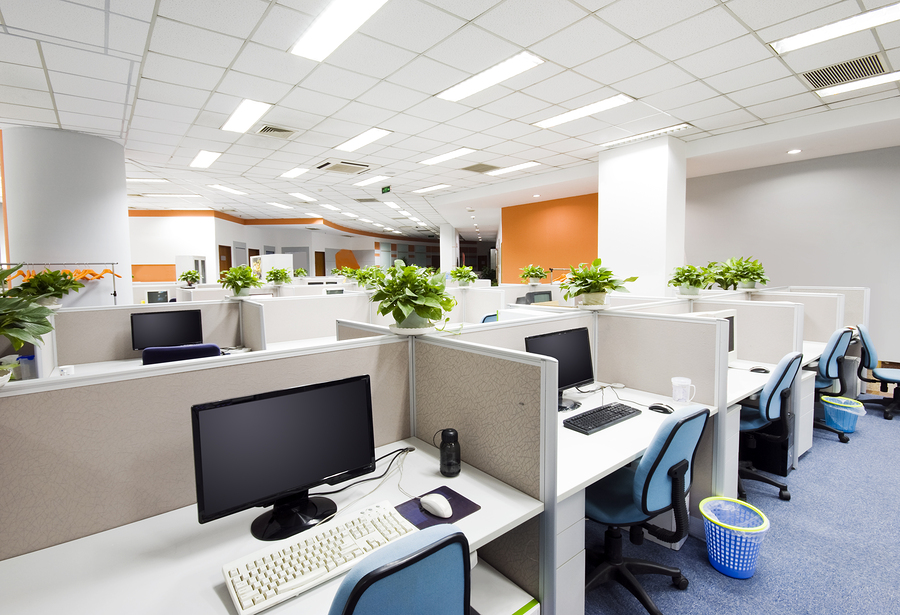

Office workers toiling beneath flickering fluorescent lights and drowning in beige may well hope the rise in trends such as co-working spaces, hot-desking and flexible hours suggest a better way of working is on the horizon.
Co-working spaces such as Second Home and WeWork are becoming increasingly popular, with research from office interiors firm Knoll last year revealing the number of co-working spaces lept from just over a thousand in 2011 to 7,800 in 2015. That figure is expected to grow again this year, hitting 37,000. Hot-desking when employees don't have a dedicated desk, but set up for the day at any spot that's available continues to gain popularity, with CBRE research (reported by Financial Review) suggesting two-thirds of 400 companies surveyed in the Asia-Pacific region were considering desk sharing by 2020.
Both co-working and hot-desking take the ideas of flexible, remote and home working, and blend them with offices offering community and interaction, trying to combine the cost savings of smaller, flexible workspaces without downsides such as isolation and irritation. Does that mean the death of traditional offices? Or are we merely outsourcing our desks to specialists?
Co-working growth
The latter appears to be the case with the rise of co-working spaces. Such on-demand office space isn't new we used to call it "managed" or "serviced" offices but has traditionally been used by small businesses, startups and sole traders, or as extra space for larger companies when they haven't had the chance to expand their own premises.
That's changing. Data reported by Recode revealed last year that a fifth of WeWork's membership was made up of larger companies, making up 30% of its monthly revenue. Citing figures from Emergent Research, the report also noted that while freelancers and sole-traders used to make up 80% of co-working space users, that's now fallen to 39% as companies join up.
WeWork told IT Pro more than a third of its members are from companies with more than 15 desks, which has tripled since 2014 when it was about 12%.
Why the shift? Large corporations are looking to cut costs, and co-working spaces offer the flexibility of on-demand desks, notes Leni Zneimer, WeWork general manager for the UK and Ireland but it's also about "access to a creative community", with larger corporates increasingly mimicking startup culture.
Get the ITPro daily newsletter
Sign up today and you will receive a free copy of our Future Focus 2025 report - the leading guidance on AI, cybersecurity and other IT challenges as per 700+ senior executives
Zneimer said co-working communities work best when they have a mix of startups, freelancers, small businesses and large corporations. "Startups are able to benefit from corporates' expertise, and corporates benefit from being surrounded by an innovative environment which leads to greater creativity and new ideas," Zneimer said. "We know that this is working because more than 50% of our members have done business together and 70% have collaborated in some way."
Hot-desking not so hot?
Hot-desking looks to mimic that feel, but in a company's own existing office space. Rather than every employee having their own desk, they sit wherever they can find each day, clearing their desk at the end of it. It cuts costs and helps spur discussions and innovation, according to proponents of the idea. Critics say it increases isolation as we don't always sit next to people we'll engage in conversation with, leads to more distractions, and disputes over desk shortages.
However, hot-desking is merely the newest take on "lean" office design, an idea that's been kicking around since the 1980s in Japan, but has origins stretching back to the 1900s. Lean offices are minimalist, have basic designs, and often come with clean desk policies sound familiar?
"The idea is about minimising waste," said Dr Craig Knight, founding director of Identity Realization, an organisational psychologists consultancy. "If you've only got the job which you do to focus on no ephemera, no pictures, no plants, no hot drinks you're bound to be more effective." That's the idea, at least though Knight notes there's no scientific evidence to suggest a clean, clear desk without distractions boosts efficiency. "The science doesn't support the business case."
Aesthetics matter
Indeed, the opposite is true. "It's basically toxic," he said, of stark, highly-monitored work environments. "The worst kind of space you can give anyone is a lean hot desk." Of course, a hot-desking environment needn't be stark and empty. Indeed, part of the appeal of co-working spaces is their aesthetics. While managed or serviced offices of old could perhaps get away with bland decor, co-working spaces and their hot-desking mimics aim to evoke the energy of Silicon Valley and startups with bright colours and plush interiors.
No wonder then that the companies considered to be the most innovative have the most dynamic offices, complete with toys and colourful, plush breakout rooms. Google's HQ featured a slide, GitHub famously had a recreation of the White House Oval Office, and WeWork even paints graffiti-style slogans on the side of its buildings in London, imploring members to "do what you love". But Knight warns against taking that too far and infantilising your workforce. "It's really nice, but most people aren't adolescents."
Choice of options
So what will the workplace of the future look like? Will employees excel in a luxurious co-working space? Will they prefer working from home? Or will the office drab and bare or colourful and fun remain the destination for corporate commuters?
"Whilst I can't predict the future in terms of office space, there is a macro shift toward a new way of work one that's focused on a movement toward meaning," said Zneimer. "WeWork members are given the space, community, and services they need to create their life's work. But I will say that when we started out, there were just a handful of companies doing something similar to what we were doing. The fact that the sector is expanding means there's demand, which validates what we're doing."
In the end, choice may be the best answer, because we all work differently. If you want to know how someone feels the most efficient, be it at home, at a co-working place, or in an office with their colleagues, there's only one way to find out, says Knight: "Ask them ask your staff what they want to do." And that's where co-working and hot-desking can address problems beyond cost-savings for managers: a co-working hub could save your employees a commute into the city centre, while hot-desking combined with flexible working could let staff with family commitments better juggle their lives. Because it's not about which office model is best, but what's best for the people in them.
Main image credit: Bigstock
Freelance journalist Nicole Kobie first started writing for ITPro in 2007, with bylines in New Scientist, Wired, PC Pro and many more.
Nicole the author of a book about the history of technology, The Long History of the Future.
-
 AI is helping bad bots take over the internet
AI is helping bad bots take over the internetNews Automated bot traffic has surpassed human activity for the first time in a decade, according to Imperva
By Bobby Hellard
-
 Two years on from its Series B round, Hack the Box is targeting further growth
Two years on from its Series B round, Hack the Box is targeting further growthNews Hack the Box has grown significantly in the last two years, and it shows no signs of slowing down
By Ross Kelly
-
 Essential skills for managers: Develop resilient employees
Essential skills for managers: Develop resilient employeesWhitepaper Build team culture, no matter where your people are located
By ITPro
-
 2024 Global learning & skills trends report
2024 Global learning & skills trends reportWhitepaper Top trends for the future of work
By ITPro
-
 Reimagining leadership development for today’s workforce
Reimagining leadership development for today’s workforceWhitepaper Top trends for the future of work
By ITPro
-
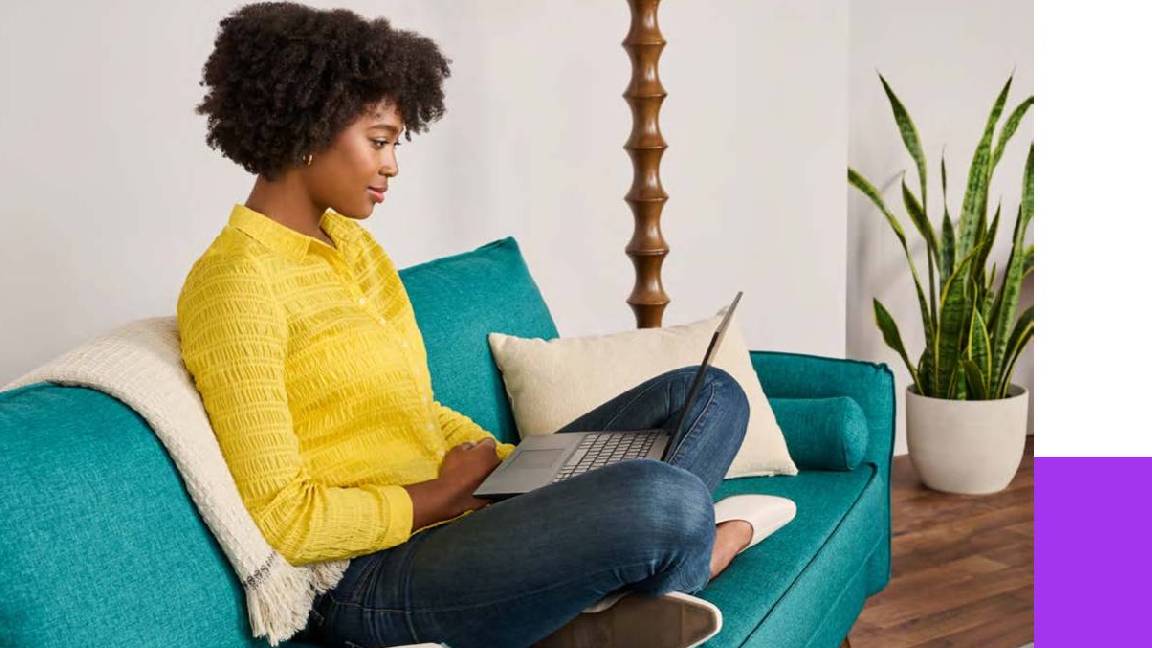 A leader’s guide to battling workforce burnout
A leader’s guide to battling workforce burnoutWhitepaper Prevent burnout among your employees
By ITPro
-
 The GenAI transformation: Perspectives on leadership
The GenAI transformation: Perspectives on leadershipWhitepaper Guide employees through a generative AI transformation
By ITPro
-
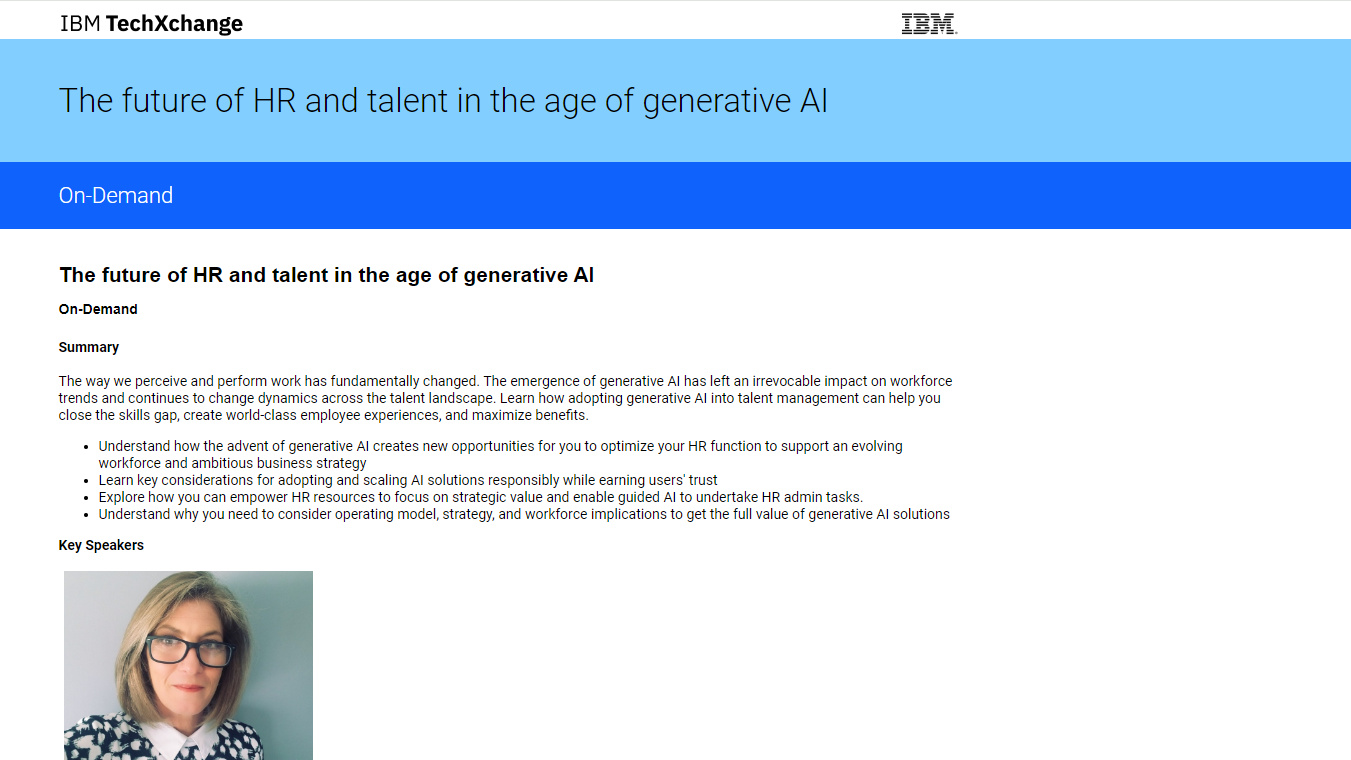 The future of HR and talent in the age of generative AI
The future of HR and talent in the age of generative AIWebinar Transform your people management, support your workforce, and optimize your HR strategy
By ITPro
-
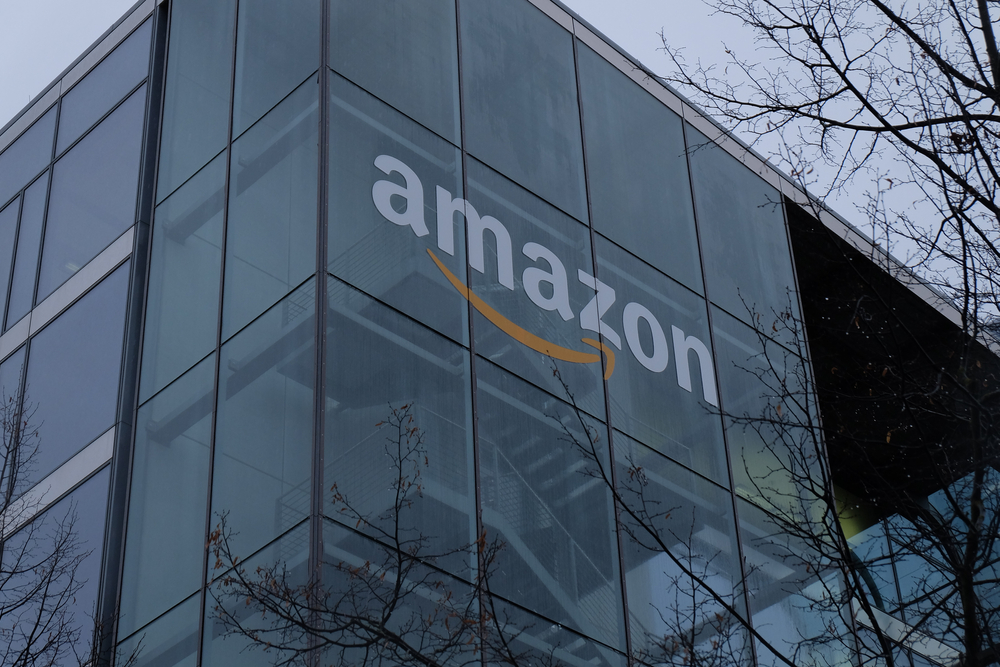 Amazon staff reportedly launch campaign to reverse 'shock' worldwide return to office plans
Amazon staff reportedly launch campaign to reverse 'shock' worldwide return to office plansNews An internal petition calls for CEO Andy Jassy to roll back planned requirements for corporate staff to return on a three-day basis
By Rory Bathgate
-
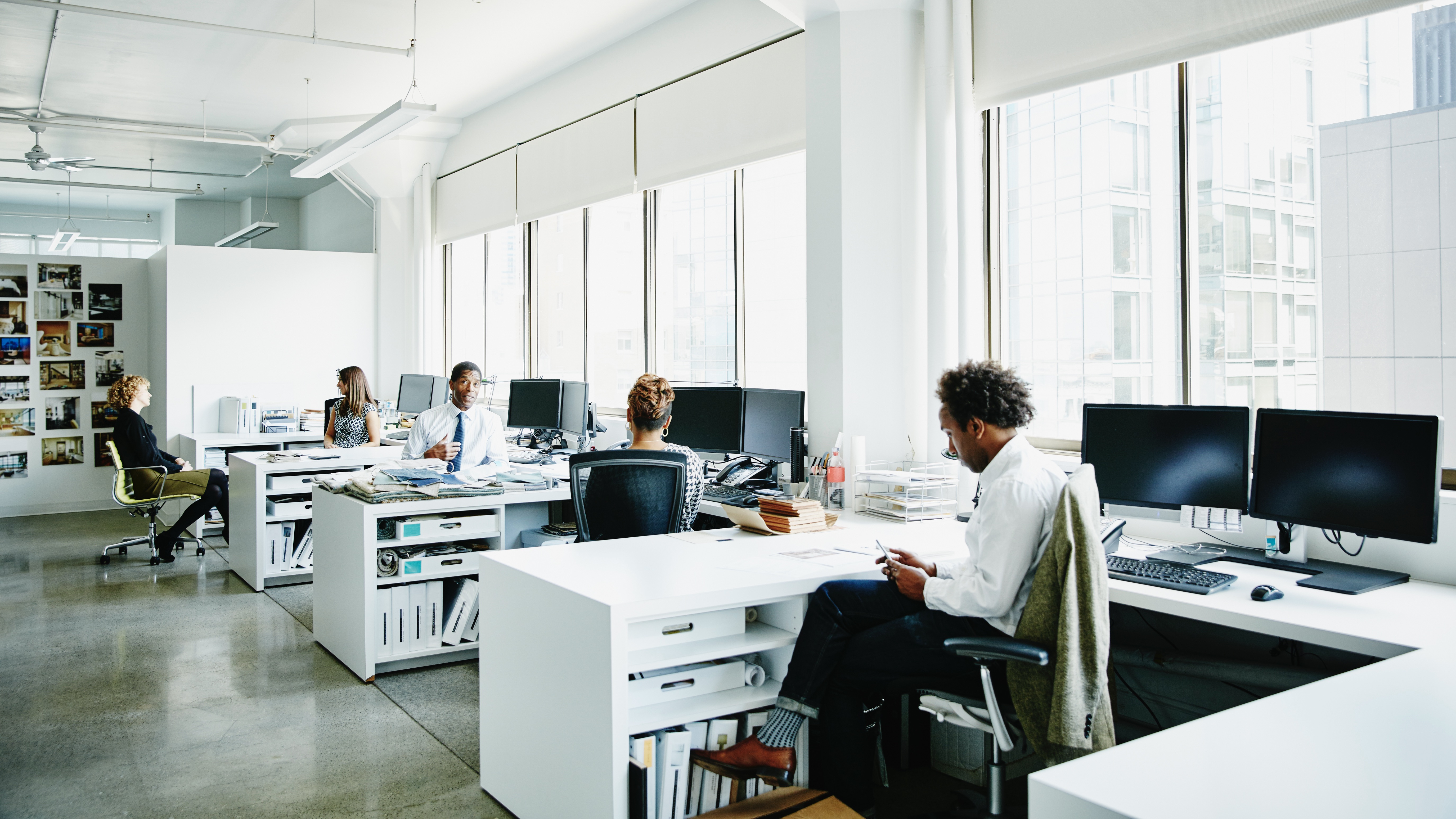 Tech industry sees large job posting decline, but office demand remains consistent - VTS
Tech industry sees large job posting decline, but office demand remains consistent - VTSNews Slight cooling of the job market does not appear to have impacted demand for office space, company finds
By Daniel Todd